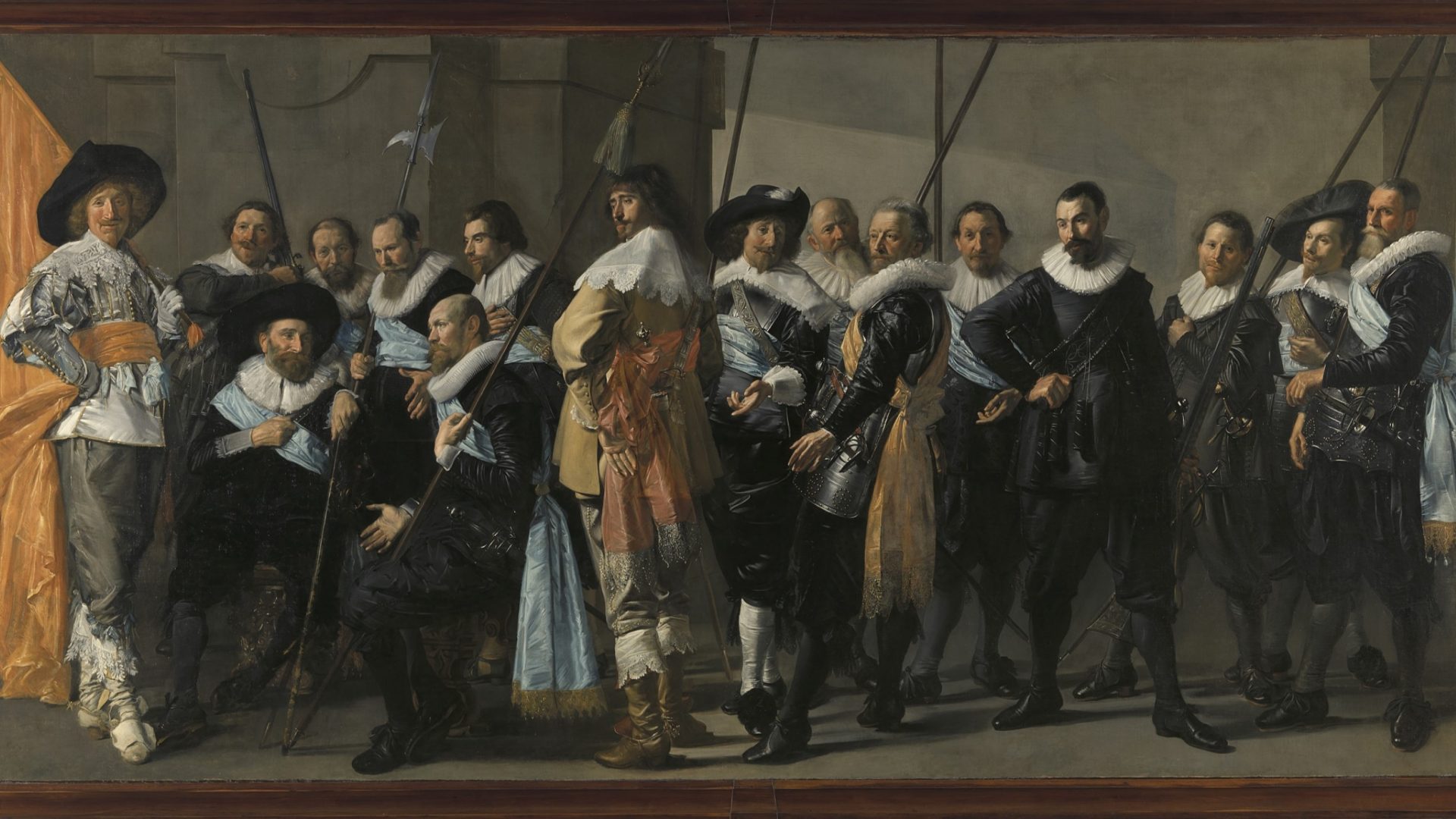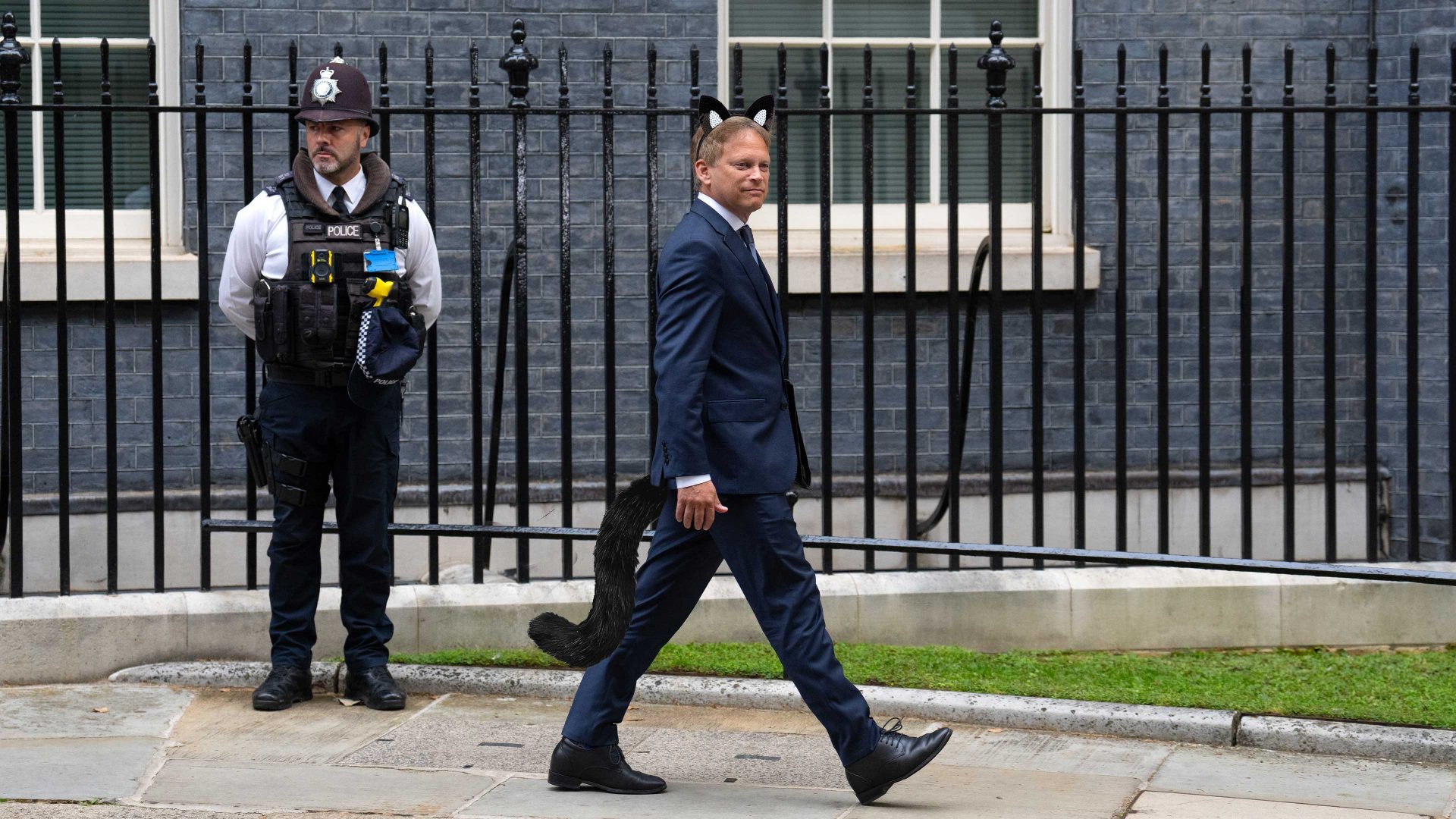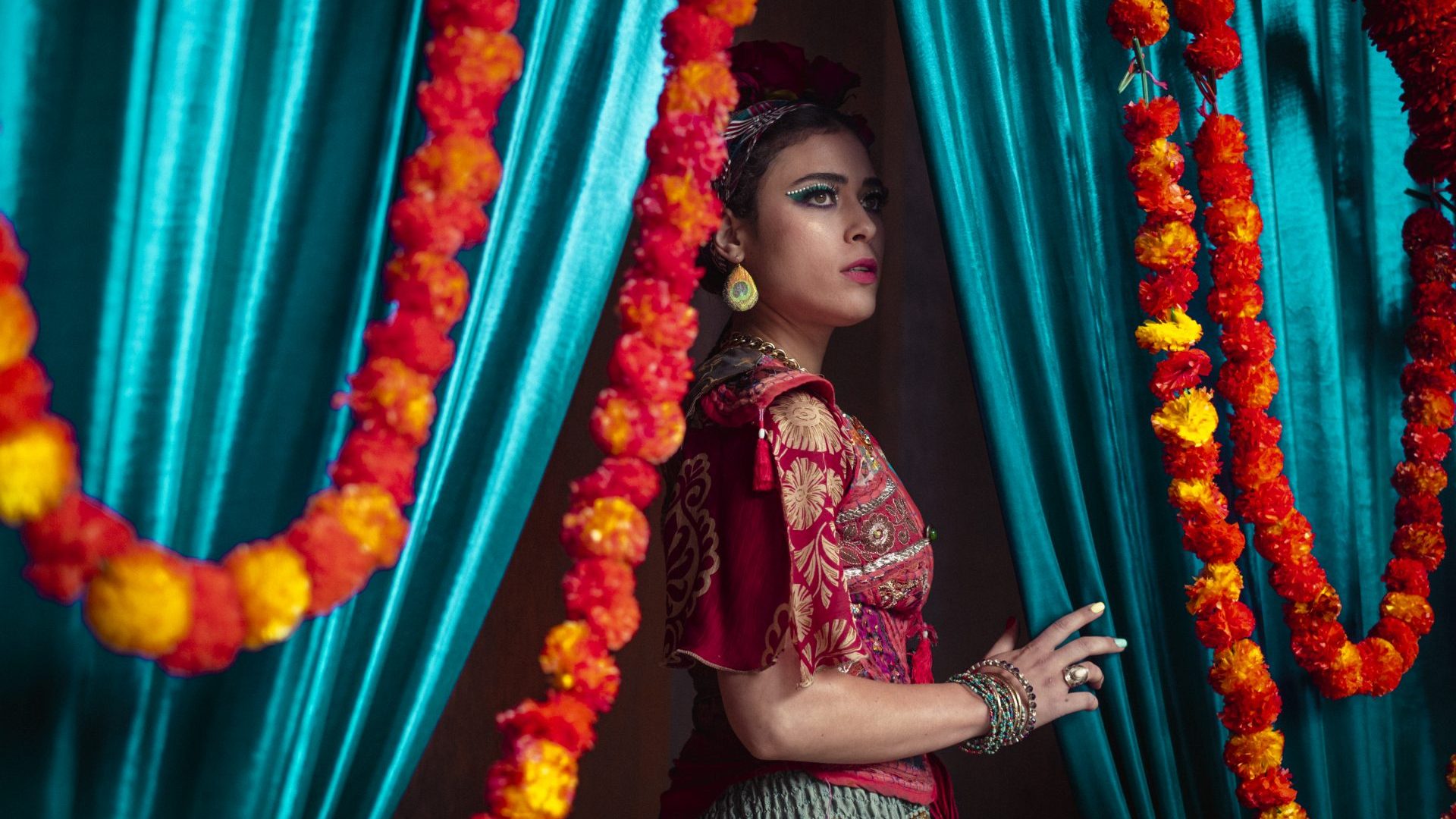The standard bearer is so proud of his role that he bunches up the cascade of orange fabric like a skirt. It becomes one with an extravagant cummerbund, wound over an elaborate layering of gilded leather, satin and lace.
The heels on those flamboyant kid boots will have clicked satisfyingly and the golden spurs jingled as he strode with his flag into the assembly of an Amsterdam civil militia nicknamed – because the members are tall and slender – The Meagre Company.
He is a bachelor – no married man is allowed to bear the standard, which he must defend with his life; that’s no job for a husband and father in a family-minded society. He stands to the far left of 11 other figures, in the best light, and cuts, in short, a dashing figure, as captured in 1636 by Frans Hals, albeit completed by another following some contractual argy-bargy.
How different, nearly 30 years later, is the figure at the right-hand edge of another Frans Hals group painting, this time of charity trustees – Regents of the Old Men’s Almshouse of 1664. The brushwork that, even from the outset of his career, has been daringly loose, is now so open that it is impossible to discern how a rash of colour swipes create a glove, a hand, and hair so ragged it resembles a fistful of straw.
Both paintings appear in a major exhibition at the National Gallery in London of paintings by Hals. It will illustrate vividly why artists from all over Europe trekked to Hals’s home town of Haarlem at a time when many art lovers were virtually unaware of his work.
Today, in Britain at least, his Laughing Cavalier is, perhaps unhelpfully, Hals’s best-known picture. Unhelpfully because, fine as it is, this is a carefree study of an unknown man, once a familiar face on biscuit tins and in reproduction. Bought in 1865 by the Marquis of Hertford, and a treasure in the Wallace Collection, it is being loaned to the National Gallery, and then to Amsterdam, returning to its home country for the first time in more than 150 years. But it is in the great portraits, pendants and group portraits that we see Hals at his most wondrous.
What took Hals from posthumous obscurity to the highest regard was the flight from Paris to Brussels in 1848 of the political journalist Théophile Thoré. Adopting the Dutch pseudonym W Bürger, which he kept upon his return to Paris in 1859, he championed first the all-but-forgotten Johannes Vermeer, then Frans Hals, viewing works that Haarlem put on display in the old town hall.
“I do not know of any paintings that have been executed with so much élan,” Thoré-Bürger wrote of The Regents and its companion piece, The Regentesses. “Not in the works of Hals himself, nor in those of Rembrandt… Rubens, El Greco or any other passionate painter. The lifesize figures, modelled in broad, flamboyant strokes, protrude out of the frame in relief. It is beautiful and almost frightening.”
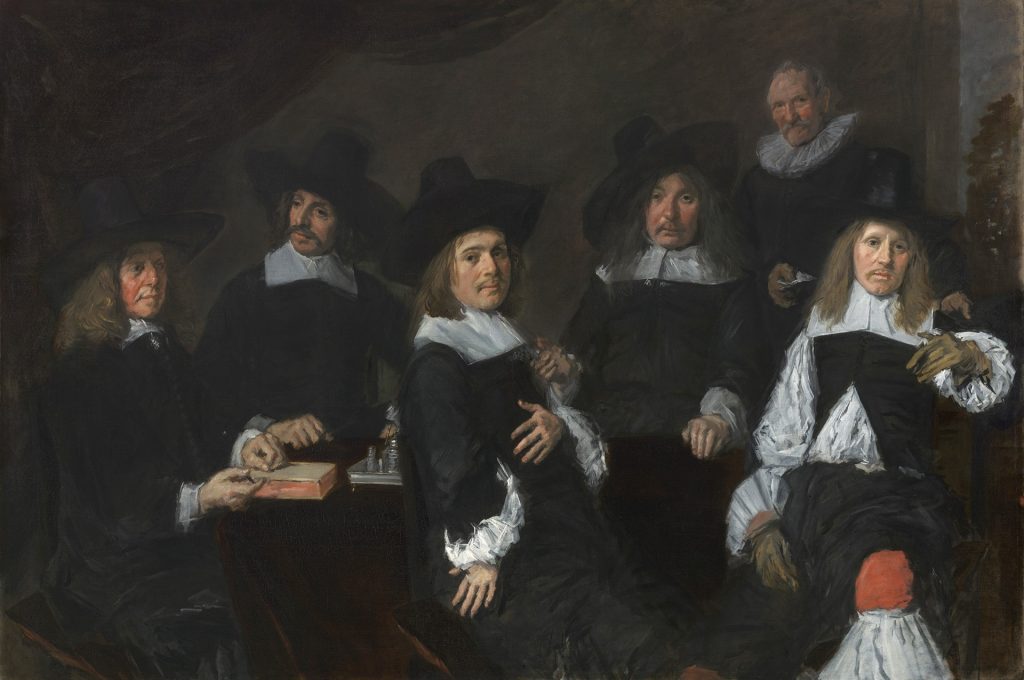
At first glance, the worthy merchants, civic leaders and their wives seem overwhelmed by their black garments. But Vincent van Gogh saw – and all viewers who stop to look can see – beyond the raven wings of vast sleeves and sooty, cavernous skirts.
“Frans Hals is a colourist among colourists,” Van Gogh wrote to his brother, Theo, “a colourist like Veronese, like Rubens, like Delacroix, like Velázquez.” He was among the generations of artists who made that Haarlem pilgrimage, telling Theo that he was “literally rooted to the spot” by Hals’s picture of the Amsterdam militia, poleaxed in particular by the standard bearer, saying that he had “seldom seen a more divinely beautiful figure”.
James McNeill Whistler was so captivated by the individual portraits of the five Regentesses that in 1902 he ducked under the rope to get closer, to touch one slightly flushed face. He copied that face, just as Édouard Manet, Mary Cassatt and others made copies of their own favourite Frans Hals pictures.
A photograph of John Singer Sargent at home in Paris in around 1885, now in the Archives of American Art at the Smithsonian Institute, shows in pride of place over the mantelpiece Sargent’s own meticulous copy of the same female figure that transfixed Whistler, and a fellow Regentess, standing above her. His visit to Haarlem in August 1880 was so intoxicating that he wrote to his family to set out on their planned holiday without him: he needed another seven to 10 days in Haarlem. In effect, he needed another week or more with Frans Hals.
One of the things that excited the Impressionists and others pushing against the conventional boundaries of painting was the sense of a fleeting moment captured – the innkeeper popping in, the flag tumbling down.
A moment frozen in time for nearly 400 years.
But how did it come about, this painting so miraculous that fellow artists had to retrace its steps, centuries later? Mystery surrounds the 10 young adult years before Hals’s first known painting, the portrait of Jacobus Zaffius (1611). He seems to have emerged fully formed at the age of about 28. It can’t be done with painting of such proficiency.
Hals is believed to have trained with Karel van Mander, who laid great store by thorough teaching. If he was subsequently in the studio of another artist, there is nothing on record. He may have worked in picture restoration, which would have been instructive, but he must have painted, too, to reach such heights so early. And he was prolific, more than 200 known portraits still extant, some in group pictures of virtuosic complexity.
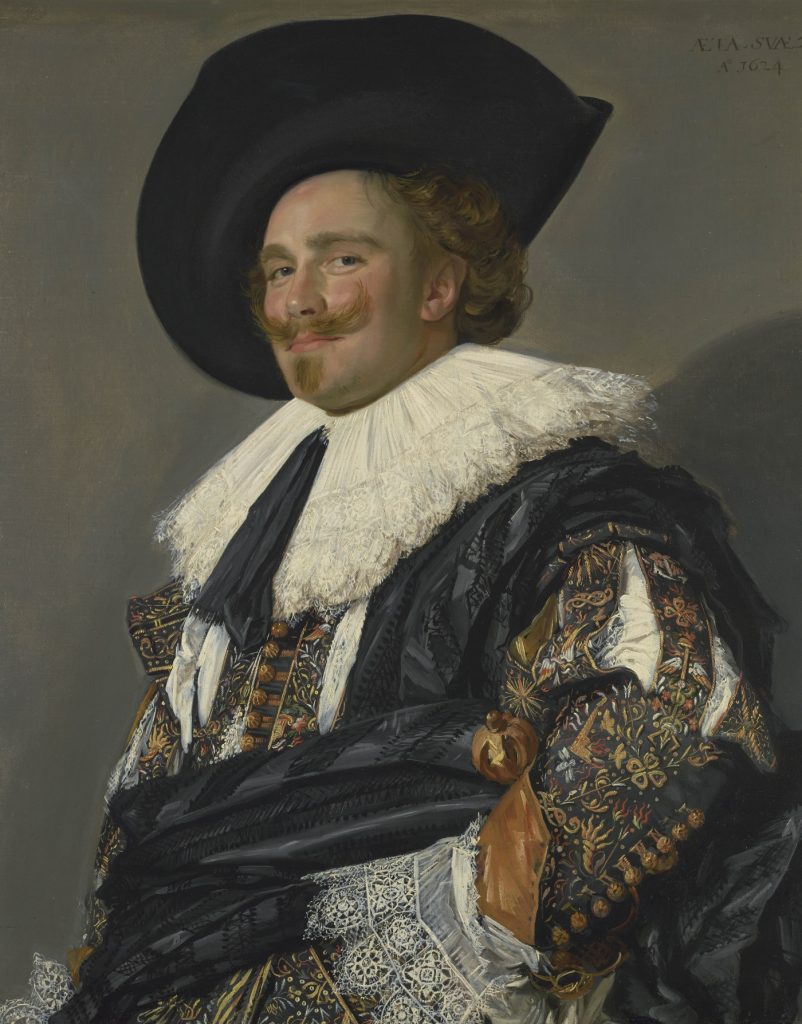
Such portraits would have been passed down through the subject’s descendants, over time valued more highly as an ancestral record than as an artistic masterpiece. Militia pictures would have been funded by each individual contributing about 60 guilders, plus 10 guilders for framing, but the whole donated to the guard’s headquarters. In his lifetime Hals fell out of fashion and had to call on the city fathers for financial assistance in his later years, dying at the age of 83 in 1666.
Hals had arrived in Haarlem from his birthplace, Antwerp, during a mass migration of Flemish households from the Belgian city in search of work in Haarlem’s vibrant textile industry, and possibly prompted too by religious differences (his father, Franchois, was a Roman Catholic).
Despite being only two or three, Frans seems to have brought with him an innate Belgian aesthetic, says National Gallery curator Bart Cornelis. Franchois was a cloth merchant, and an understanding of fabrics, their texture and their fall, runs through Hals’s work, from the lavish gown of tiny Catharina Hooft to the intensity of the black dye in prestige wear. Black was not austere or sober; being the most difficult and therefore the most expensive colour to dye, it was an indication of substantial wealth.
After the “missing years”, Hals’s work is virtually his only documentation. An influential volume of short biographies of Dutch painters published in 1718-21 by Arnold Houbraken made him out to be a habitual drunkard, a reputation that is largely baseless, but for the universal preference for beer over water of dubious quality, and a degree of enthusiastic drinking in the militia group and in the characterful paintings of “types”, dubbed “tronies”. Even the military men drinking is misleading: a banquet was held just once every three years to mark a changing of the guard. No wonder some officers turn their thick, empty glasses upside down as a hint to the innkeeper dashing into the pictures.
This sense of capturing the split-second moment is one of the things that excited modern painters, keen to do the same thing, and in pursuit of that goal employing rapid brushstrokes of their own.
But this fast and loose brushwork was not typical of Hals’s time, and although other Golden Age artists at the end of their careers could achieve the maximum impact with the minimum of paint, notably Rembrandt, born 24 years later, Hals was in effect doing what the Impressionists would claim as their own breakthrough centuries later.
Today his work is prized worldwide, with an important collection in his home town, which will lend one of its four militia groups to London, alongside the Rijksmuseum’s Meagre Company. Important loans from the United States include one of a pair of portraits, which will be reunited with its other half, or pendant. Also reunited will be a married couple in separate collections in Birmingham and at Chatsworth House.
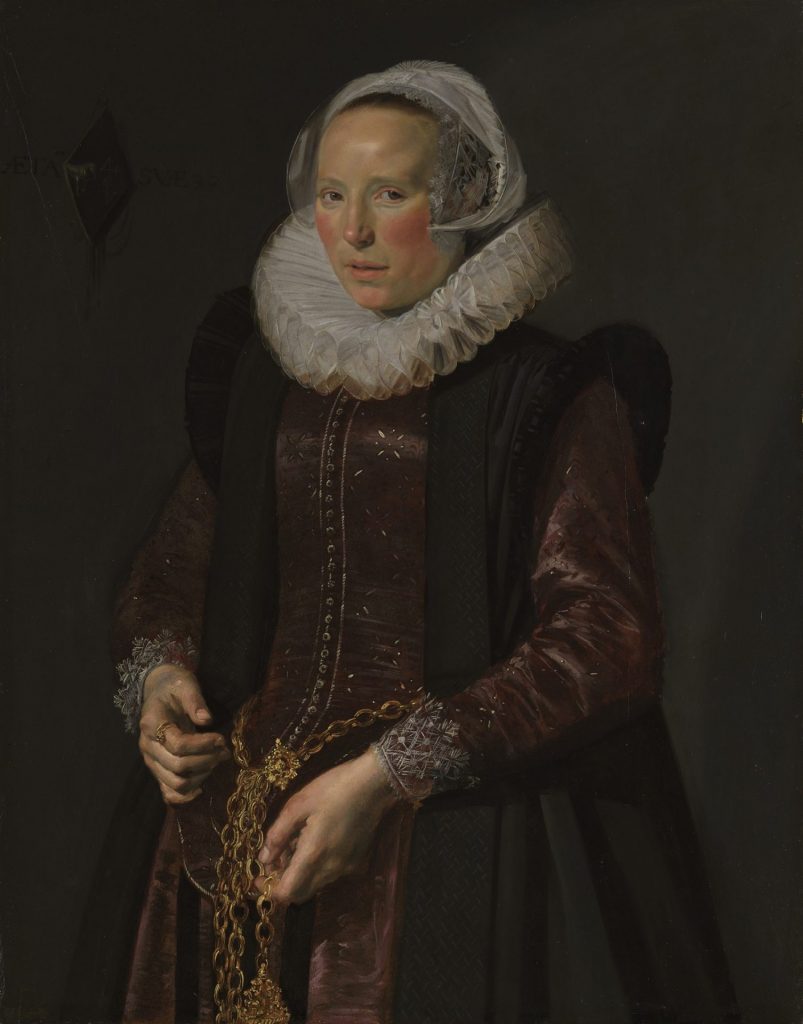
At first glance, the brocade of Boston’s Portrait of a Woman is immaculate, as if every stitch has been painted in by one of Antwerp’s brilliant seamstresses. But look more closely, and the needlework dissolves. Hals advised his own pupils to throw caution to the wind.
“You must slap it on boldly,” the master instructed, according to Houbraken. “If you become secure in art, the neatness will come of its own accord.”
Frans Hals is at the National Gallery, London from September 30 to January 21, 2024; at the Rijksmuseum, Amsterdam from February 16 to June 9, 2024; and at the Gemäldegalerie in Berlin from July 12 to November 3, 2024


